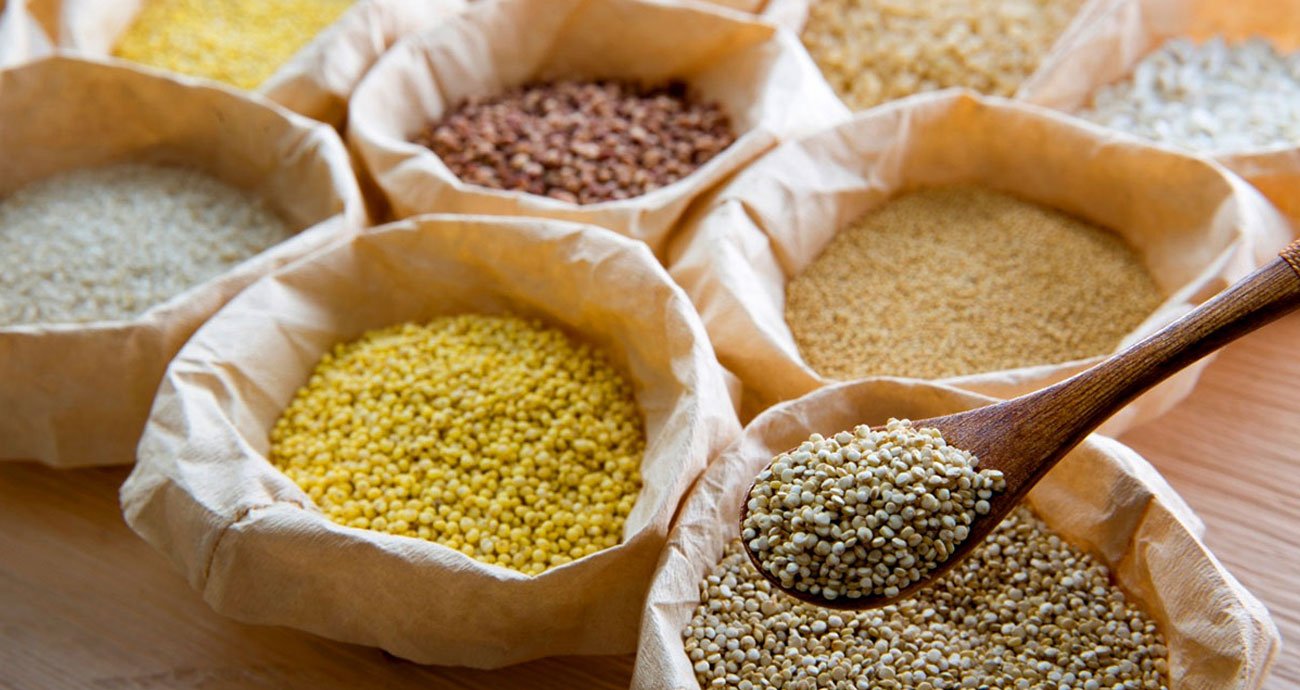
10 reasons why a millets diet is best for you
Millets are a group of small-seeded cereal grains that have been used for thousands of years as a staple food in many cultures. They are rich in fiber, essential vitamins, and minerals and have a low glycemic index, making them an excellent choice for those looking to regulate blood sugar levels and promote healthy digestion. Millets are also gluten-free and suitable for those with celiac disease or gluten intolerance. Furthermore, they are highly sustainable, as they can be grown in low-nutrient soil and are drought-tolerant, making them a more environmentally friendly option compared to other grains. With a versatile taste and a range of cooking applications, millets are an excellent addition to any diet.
- High fiber content: Millets are a rich source of fiber, which can help regulate digestion and promote satiety.
- Gluten-free: Millets are naturally gluten-free, making them suitable for those with celiac disease or gluten intolerance.
- Rich in essential nutrients: Millets are a good source of vitamins and minerals, including iron, magnesium, and B-vitamins.
- Low glycemic index: Millets have a low glycemic index, which means they are less likely to cause spikes in blood sugar levels.
- Supports heart health: Millets contain compounds that can help lower cholesterol levels and reduce the risk of heart disease.
- May aid in weight management: Millets are low in calories and high in fiber, making them an excellent food for weight management.
- Promotes healthy digestion: The fiber in millets can help promote healthy digestion and reduce the risk of digestive disorders.
- Supports sustainability: Millets are drought-tolerant and can be grown in low-nutrient soil, making them a more sustainable crop option compared to other grains.
- Versatile in cooking: Millets can be used in a variety of dishes, including porridge, bread, and pilaf, providing versatility in meal planning.
- Supports local agriculture: Millets are traditionally grown in many regions, supporting local agriculture and preserving traditional food systems.
India is one of the largest producers and consumers of millets in the world. Some of the most commonly grown millets in India include:
- Sorghum (Jowar): A staple grain in many parts of India, sorghum is known for its drought tolerance and high nutritional value.
- Pearl Millet (Bajra): Pearl millet is widely grown in India and is a staple food in many regions, particularly in the arid and semi-arid areas.
- Finger Millet (Ragi): Finger millet is a popular grain in India, particularly in southern and central India, and is a good source of calcium.
- Foxtail Millet (Kangni): Foxtail millet is grown in the hilly regions of India and is a staple food in some areas of the country.
- Proso Millet (Barri): Proso millet is a relatively new crop in India, but it is gaining popularity due to its high yield potential and tolerance to environmental stress.
These millets have been a part of the Indian food culture for centuries and are making a comeback in recent years due to increasing awareness of their health benefits and sustainability. At Sparsh, we prepare and serve a healthy and tasty mix to our patients and family members during the course of their recovery stay.
Reach us

Pragati Bio Pharma Pvt.Ltd.
Chilkuru Balaji Temple Road, Proddutur village, Shankarpally Mandal, Ranga Reddy District, Hyderabad 501203, Telangana
Call: +91 9091001004 | 9091001005
Leave a message at: info@pragatisparsh.com
